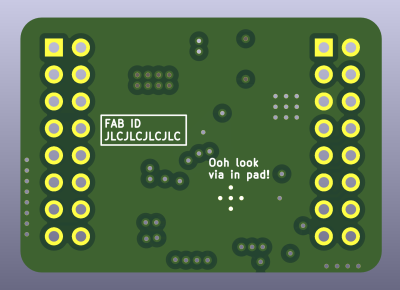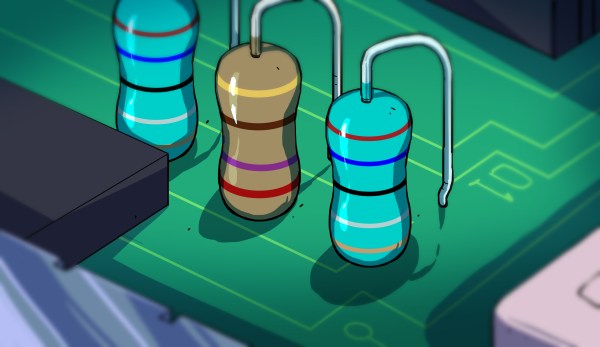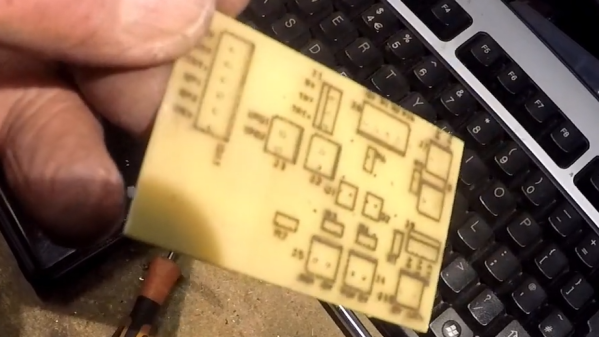When we think single-board computers, we normally envision things like the Raspberry Pi. But Arduboy creator [Kevin Bates] has recently come up with his own take on the SBC that’s a bit like a modernized take on the early computers of the 1980s. Introducing Singleboard: Alpha.
The build has an incredibly pleasing form factor — it’s a single PCB with a capacitive keyboard etched right into the copper. The brains of the Singleboard is an ESP32, which provides plenty of grunt as well as wireless connectivity. Display is via a small LCD, currently configured with a green-on-black terminal that looks fantastic.
You’re not gonna run a fully-fledged GUI operating system on this thing, but that doesn’t mean it can’t be useful. We could imagine a device like this being a flexible wireless terminal for working with headless systems, for example, and it would be a charming one at that.
Continue reading “Singleboard: Alpha Is A Very Stylish Computer On A Single PCB”




















